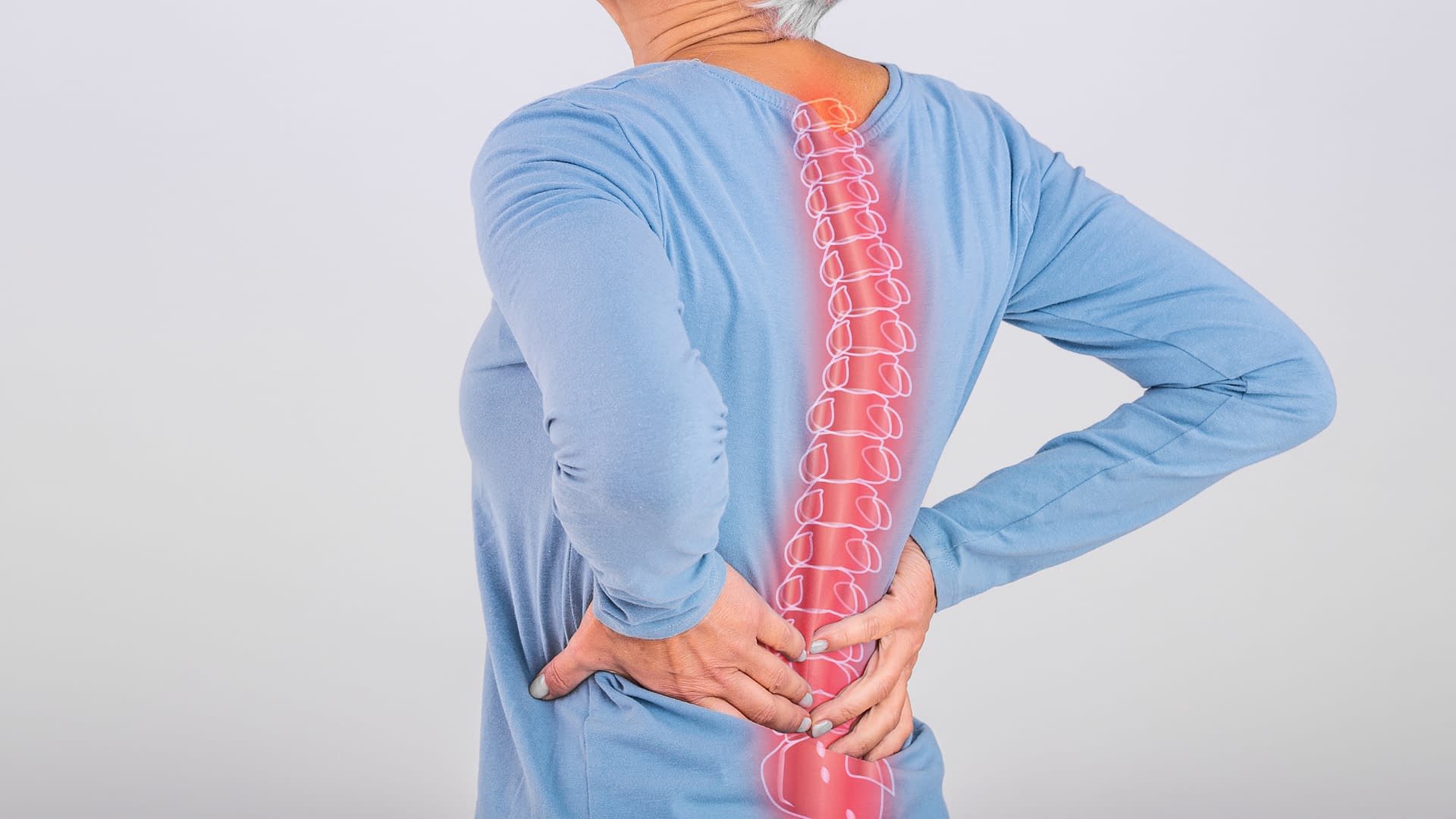Presenting Problem
84-year-old female patient presented with a 3-day history of sudden onset lower back pain after weeding and putting the bins out (she puts all the bins out for the 7 households in her building). The patient immediately mentioned that she has osteoporosis and has had a previous wedge fracture at T11 10 years ago, which also occurred after putting the bins out. The patient had already been referred for an X-ray that day, and the radiologist said they would send the results back to the GP urgently on the same day.
The patient noted increased bladder urgency and has had incontinence. On questioning, the patient could feel this occurring and just could not get to the toilet in time due to pain. No saddle anaesthesia, malaise, or other red flags noted.
The patient is fit and active, swimming, gardening, and walking.
Reviewed X-ray and medical notes 2 days later – no change to the old wedge fracture, new compression fracture at L1. Discussed management with a colleague as I had not come across this so acutely. We limited the patient’s activity, advised no home exercise programme in the short term, ensured adequate pain relief (the patient was unable to take NSAIDs due to asthma), advised on over-the-counter options, and instructed the patient to contact her GP if she required any stronger relief, as well as to use ice/heat and to stop moving the bins and change her gardening habits.
A long discussion was had with the patient regarding potential risks of further osteoporotic injuries with prolonged bending and excessive lifting, and the benefits of continuing to keep active with her walking and swimming to maintain strength and cardiovascular health and fitness. We made a SMART goal for the patient to help keep her motivated to change her behaviour.
Differential Diagnoses & Clinical Reasoning
Initial thoughts: OA, muscle strain, ligament sprain, disc injury, new or worsening osteoporotic compression fracture, spondylolisthesis.
Concerned due to the history of osteoporosis and fractures, the patient’s age, and the fact that the radiologist felt the need to send results urgently.
Not too concerned about urinary symptoms, as they seem more related to movement speed than loss of control, with no associated saddle anaesthesia.
Very limited range of motion due to severe pain—minimal diagnostic value in acute LBP.
Summary
This case was managed well medically prior to the FCP appointment. It was uncomfortable and counter-intuitive to advise the patient to reduce their activity levels in the long term. Encouragement is commonly given to people to be more active, but we need to accept that in certain circumstances this is not the best thing for the patient. This case highlighted the importance of clear, accurate, and effective records of assessment and management, and using this information alongside the X-ray results to provide an appropriate management plan for this patient.
Although this patient was very forthcoming with her past medical history, this case highlighted the importance of asking about previous injuries and checking for osteoporosis with older patients. These symptoms could easily be justified as a muscle spasm, ligament injury, or an acute disc injury without this key information, and serious pathology could be missed. Age and past medical history will be taken into greater consideration in future cases. Thinking back to management for this patient, she would have benefited from signposting to the Royal Osteoporosis Society for further information, advice, and counselling.




